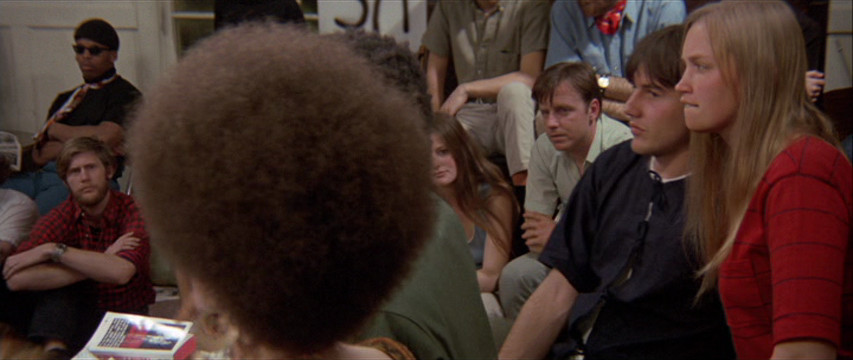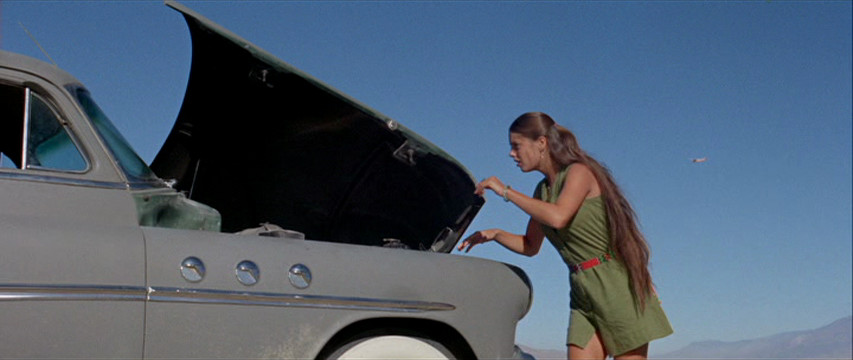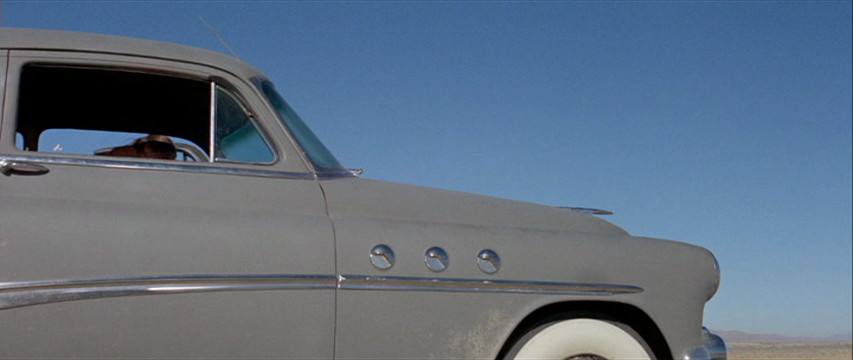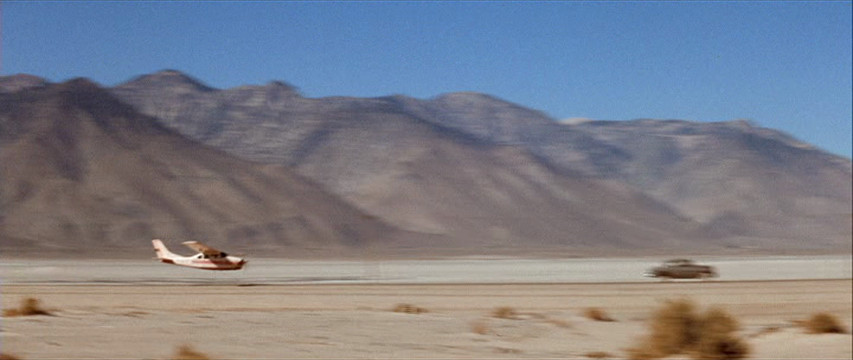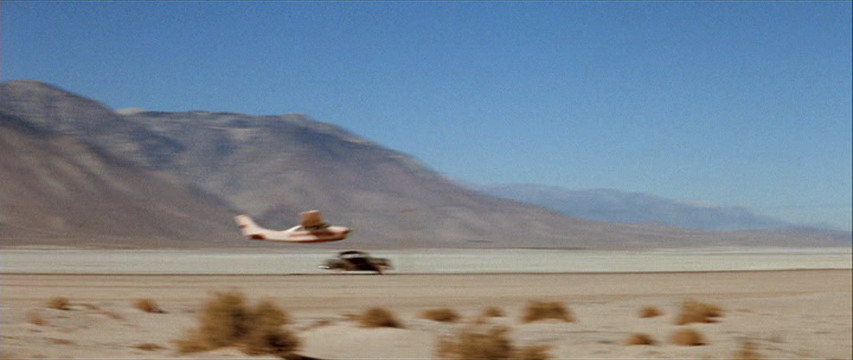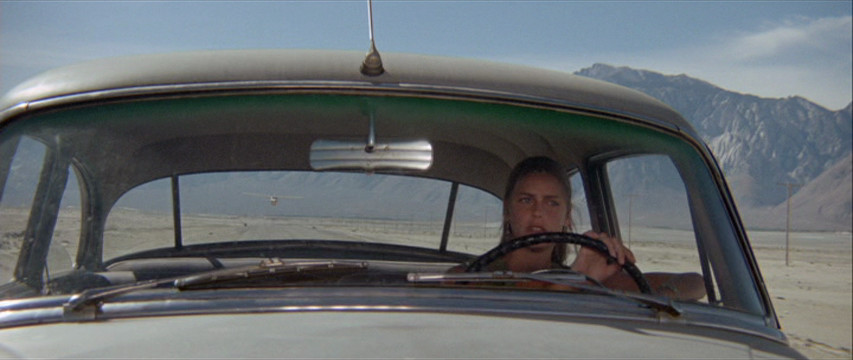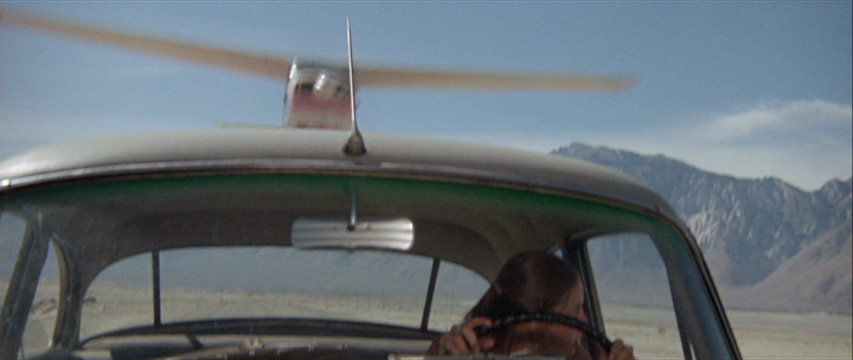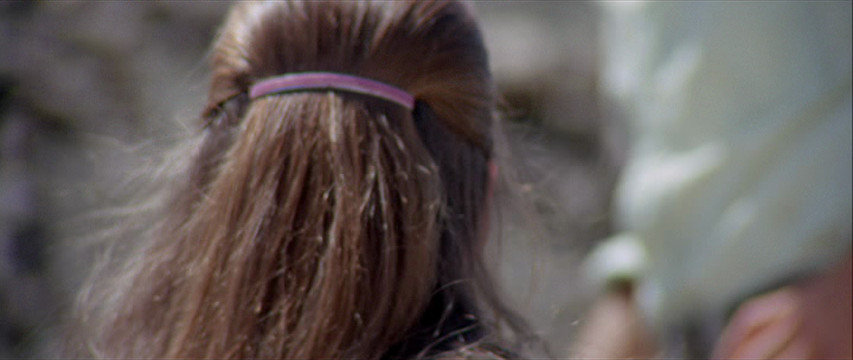Dwarf Fortress is one of the most complicated simulation/management games ever made. It’s been accumlating systems and interactions over twenty years of development. Here’s an example from my own fortress.
When a fortress gains enough wealth and population, a mayor is elected. I’m not a fan of nobles. I have to build expensive quarters for them and they make demands that conflict with my designs for the fortress. What do these nobles contribute? The ideal fortress government is an invisible, unaccountable force inposing its whims from outside the universe! (That’s me.)
Here’s Id, the mayor. She’s defined by an overwhelming amount of information about her personality, desires, skills, health, memories, and so on. What’s important for our story is at the bottom: She absolutely detests snails.
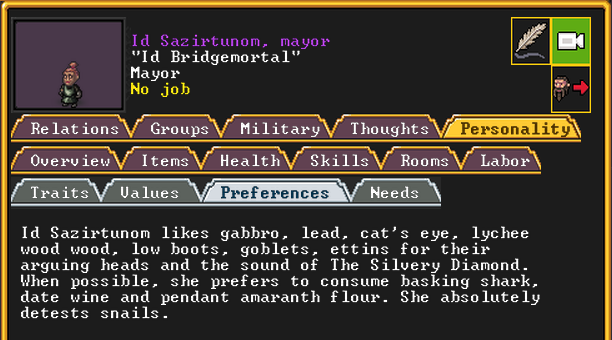
So I built her a symbol of office: a crown made of cheap material with a humilating name and image.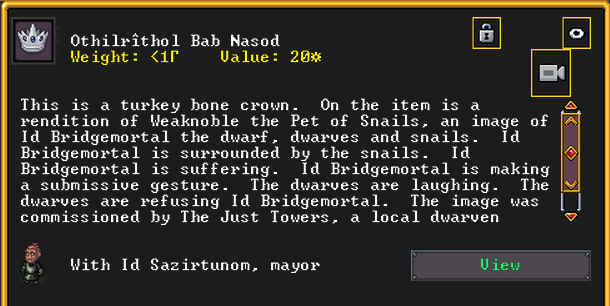
Here she is wearing it. Note the tears in her eyes.
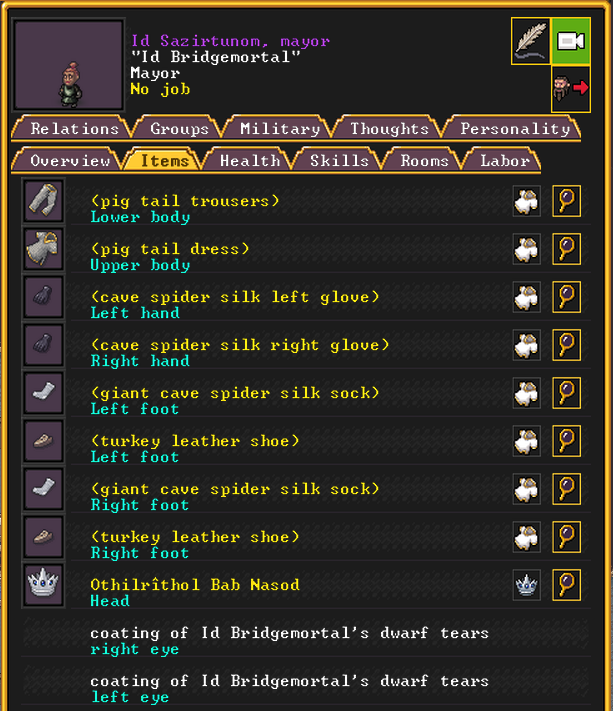
Soon after she put on the crown, she made a new decree!


The yearly trade caravan requested goblets (and thread) for next year. They were willing to pay double, and now I’m not allowed to sell any. The mayor scuttled my trade deal out of spite!
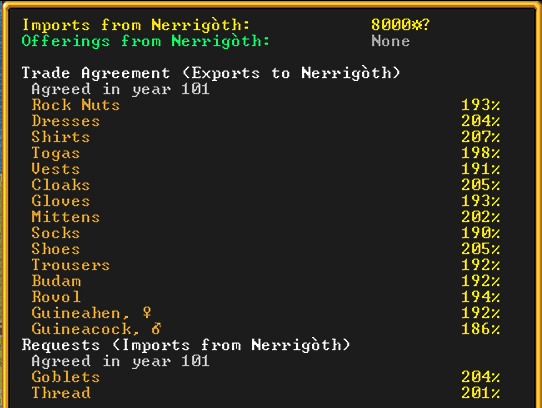
It’s fun to believe that I have beef with a fictional character, so that’s the story I’m telling. Is this story completely true? The only way to know for sure is to read the mayor’s thoughts.

Dwarf Fortress tracks the thoughts and memories of every character. Here are the mayor’s recent thoughts. She feels proud about being elected, and the tears in her eyes are probably from a recent meeting where an unhappy citizen cried on her and she felt empathy. She also likes goblets (see the first image) so it’s likely that she’s hoarding them for herself, not trying to spite me. There’s nothing about being ashamed or angry about her symbol of office. The motivations I invented for her are not supported by the evidence.
